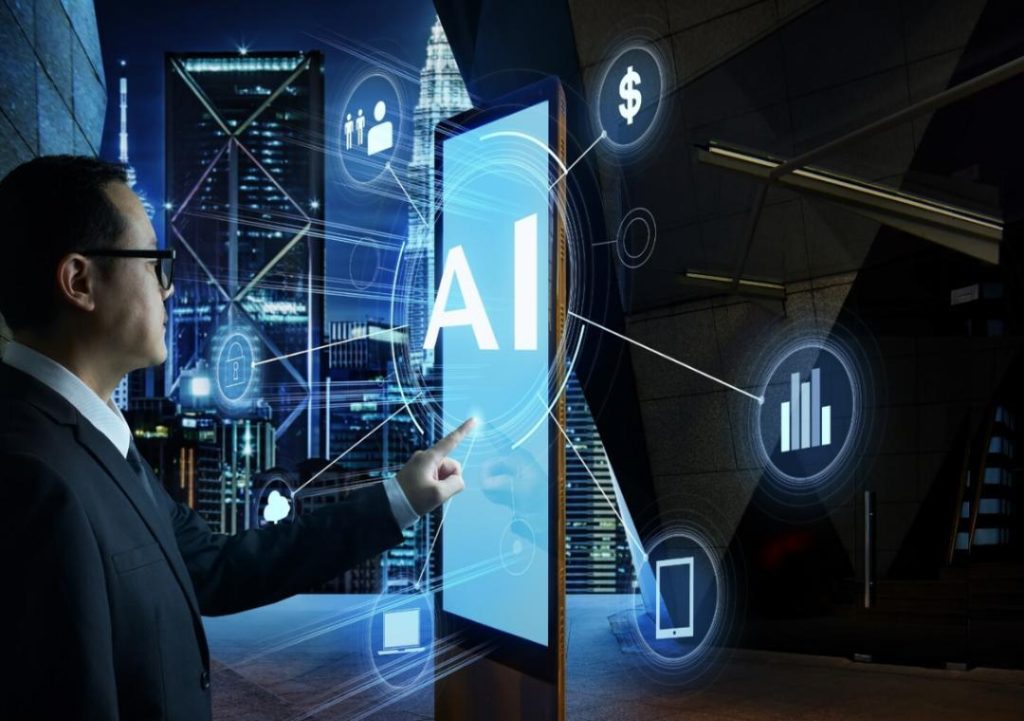
AI & ML now power over 77% of business processes
In today’s digital-first world, the importance of Artificial Intelligence (AI) and Machine Learning (ML) cannot be overstated. Gone are the days when AI and ML were considered futuristic concepts, only relevant to sci-fi movies and novels. Today, these technologies have become operational essentials, used by over 77% of enterprises to improve productivity, reduce costs, and personalize user experiences.
The shift towards AI and ML is not optional; it’s fundamental to staying competitive in a rapidly evolving business landscape. As businesses grapple with the challenges of customer expectation, data deluge, and market disruption, AI and ML have emerged as the game-changers that can help them stay ahead of the curve.
From Customer Support to Real-Time Fraud Detection
AI and ML have the ability to automate mundane tasks, freeing up human resources to focus on higher-value activities. For instance, AI-powered chatbots can handle customer inquiries, reducing the need for human customer support agents. This not only improves response times but also provides a personalized experience for customers.
In the financial sector, AI and ML are used for real-time fraud detection, identifying suspicious transactions and preventing financial losses. According to a study by the Association for Financial Professionals, AI-powered fraud detection can reduce false positives by up to 75%.
Predictive Analytics and Personalization
Machine Learning algorithms can analyze vast amounts of data to identify patterns and make predictions about customer behavior. This enables businesses to offer personalized products and services, increasing customer loyalty and retention.
For example, e-commerce companies use ML to recommend products to customers based on their browsing and purchasing history. This not only improves customer satisfaction but also increases average order values.
Process Automation and Efficiency
AI and ML can automate repetitive and time-consuming tasks, freeing up employees to focus on strategic activities. According to a study by McKinsey, AI can automate up to 45% of business processes, leading to significant cost savings and productivity gains.
In manufacturing, AI-powered predictive maintenance can detect equipment failures before they occur, reducing downtime and improving overall efficiency.
The Benefits of AI and ML Adoption
The benefits of AI and ML adoption are numerous and far-reaching. Some of the key advantages include:
- Improved customer experience through personalization and automation
- Increased productivity and efficiency through process automation
- Reduced costs through cost savings and reduced labor requirements
- Enhanced decision-making through data-driven insights
- Improved competitive advantage through innovation and agility
The Challenges of AI and ML Adoption
While the benefits of AI and ML adoption are significant, there are also several challenges that businesses must overcome. Some of the key challenges include:
- Data quality and availability: AI and ML algorithms require high-quality data to produce accurate results. However, many businesses struggle with data quality and availability.
- Technical expertise: AI and ML require specialized technical expertise, which can be a challenge for businesses with limited resources.
- Integration with existing systems: AI and ML solutions must be integrated with existing systems, which can be a complex and time-consuming process.
- Ethics and bias: AI and ML algorithms can perpetuate biases and ethical issues if not designed and trained properly.
Conclusion
The adoption of AI and ML is no longer a question of whether or not to do it, but rather how to do it effectively. With over 77% of enterprises already using AI and ML, the benefits of adoption are clear. From automating customer support to real-time fraud detection, AI and ML have the power to transform businesses and drive growth.
By understanding the benefits and challenges of AI and ML adoption, businesses can make informed decisions about how to leverage these technologies to improve productivity, reduce costs, and personalize user experiences.
Source:
https://www.growthjockey.com/blogs/what-is-ai-and-ml-how-is-it-important






